Choosing the right spot for your tent is crucial for a safe and enjoyable camping experience. The perfect location goes beyond finding a flat surface. You need to avoid potential dangers, respect the environment, and ensure a peaceful stay. A poorly chosen site could result in a flooded tent, dangerous wildlife encounters, or even legal troubles. This guide will help you navigate the dos and don'ts of tent placement, whether you're a seasoned camper or new to outdoor adventures. These tips will prepare you to set up camp in a way that's safe, responsible, and enhances your connection with nature.
1. Natural Hazard Zones
When camping, some areas can be dangerous due to natural hazards. Here are three key places to avoid:
Flood-Prone Areas
Camping near rivers, lakes, or streams might seem appealing, but it can be risky. Flash floods can happen quickly, especially after heavy rain. To stay safe, look for signs of past flooding like high-water marks on trees. Always check the weather forecast and choose higher ground for your campsite, even if it means giving up a waterfront view.
Windy Hilltops
Hilltop campsites offer great views, but they can be dangerously windy. Strong gusts can damage your camping tent or even blow it away. Before setting up camp in high places, check the weather forecast for wind warnings. If possible, find natural windbreaks like large rocks or groups of trees to protect your outdoor tent.
Unstable Ground
Some ground that looks stable can actually be dangerous. Areas with loose soil, near cliffs, or showing signs of erosion can lead to landslides or sinkholes. This is especially true after rain or in earthquake-prone areas. Before setting up camp, walk around to test the ground's firmness. Avoid camping at the bottom of steep hills or in dry riverbeds to stay safe.
2. Areas with Environmental Concerns
When camping, it's important to consider how your presence affects the environment and protect your tent. Here are two key areas to be mindful of:
Fragile Ecosystems
Some natural areas are easily damaged by human activity. These fragile ecosystems might include rare plant species, delicate soil structures, or habitats for endangered animals. To protect these areas:
Avoid camping on vegetation that looks unusual or sparse. Stick to established campsites when possible. Follow Leave No Trace principles, which include packing out all your trash and not disturbing plants or animals. Before your trip, research any specific rules or guidelines for the area you're visiting.
Fire Risk Zones
In dry or overgrown areas, the risk of starting a wildfire is high. This is especially true in forests during hot, dry seasons or in grasslands. To camp safely in fire-prone areas:
Check local fire regulations before your trip. Some places ban campfires entirely during certain times of the year. If fires are allowed, use designated fire pits or bring a portable stove. Always fully extinguish your fire before leaving your campsite or going to sleep. In high-risk areas, consider alternative cooking methods that don't require an open flame.
3. Wildlife Habitats
Camping brings us close to wildlife, but this proximity requires careful consideration.
Animal Territories
Wild animals need their space, and camping too close to their homes can be dangerous for both you and the animals. To avoid unwanted encounters:
Look for signs of animal activity like tracks, droppings, or dens. Don't camp near these areas. Make noise as you hike to alert animals of your presence. This gives them a chance to move away. If you spot large predators like bears or mountain lions, choose a different campsite far from where you saw them.
Insect-Heavy Areas
Some camping spots might be home to large numbers of insects, which can make your trip uncomfortable or even risky. To minimize insect-related problems:
Avoid setting up camp near standing water, which can be a breeding ground for mosquitoes. Look out for ant hills, wasp nests, or beehives in the area. If you see a lot of insects, consider moving to a different spot. Use insect repellent and wear appropriate clothing to protect yourself from bites.
4. Prohibited or Restricted Sites
When choosing a campsite, it's essential to be aware of places where camping is not allowed. Here are two types of areas to avoid:
Private Property
Camping on private land without permission is trespassing, which can lead to serious consequences. To avoid legal troubles:
Always check if an area is public or private before setting up camp. Look for "No Trespassing" signs or fences that indicate private property. If you're unsure, consult local maps or ask at nearby ranger stations. If you must cross private land to reach your campsite, always get permission from the landowner first.
Protected Areas
Some natural areas are off-limits to camping to protect delicate ecosystems or historical sites. To camp responsibly:
Research the rules of the area you plan to visit before your trip. Many national parks, nature reserves, and conservation areas have specific zones where camping is prohibited. Look for designated camping areas within protected regions. These are often designed to minimize impact on the environment. Be prepared to change your plans if you discover your intended campsite is in a restricted area.
5. Unsanitary or Uncomfortable Locations
While safety is paramount, comfort also plays a crucial role in your camping enjoyment. Here are two types of locations to avoid for a more pleasant stay:
Waste and Pollution Areas
Camping near trash or polluted areas can ruin your outdoor experience and pose health risks. To keep your campsite clean and safe:
Avoid setting up near garbage dumps or areas with visible litter. These can attract pests and wild animals. Stay away from polluted water sources or industrial areas that might have contaminated soil. If you notice unusual smells or see signs of pollution, move to a cleaner location.
Noisy Zones
A noisy campsite can disrupt your sleep and spoil the serenity of your outdoor adventure. To ensure a peaceful stay:
Steer clear of high-traffic areas like busy trails or popular fishing spots. These tend to have more foot traffic and noise. Consider the proximity to roads, campgrounds, or other sources of human activity. If you're in a designated campground, choose a spot away from communal areas or facilities. Remember to be considerate of other campers by keeping your own noise levels down, especially at night.
Smart Campsite Selection: Tools and Techniques
Choosing the right campsite is a skill that combines preparation and on-the-spot assessment. Here are two key approaches to help you find the perfect spot:
Maps and Apps
Modern technology and traditional tools can greatly assist in campsite selection. To make informed decisions:
Study topographic maps to understand the terrain before your trip. Look for flat areas away from potential hazards like steep slopes or flood zones. Use camping apps that provide user reviews and information about specific campsites. These can offer valuable insights from other campers. Check official park or forest service websites for up-to-date information on campsite availability and conditions.
On-Site Assessment
Once you've arrived at a potential campsite, it's important to evaluate it carefully. To ensure you've found a safe and comfortable spot:
Walk around the entire area to check for potential hazards like dead trees or rocky ground. Look for a natural drainage slope to avoid water pooling around your chosen tent if it rains. Test the ground firmness by walking on it and pressing down with your foot. Soft or spongy areas might indicate underground water or unstable soil. Consider the sun's path to avoid excessive heat in the morning or losing daylight too early in the evening.
Camp Safe and Happy!
Picking the right campsite is crucial for a great outdoor trip. Stay safe by avoiding flood zones, windy hilltops, and unstable ground. Respect nature by camping away from fragile ecosystems and wildlife homes. Follow local rules to avoid restricted areas. Choose clean, quiet spots for comfort. Use maps and apps to plan, but always check the site in person before setting up. By following these tips, you'll create a safe, enjoyable camp that lets you fully appreciate the beauty of the outdoors.

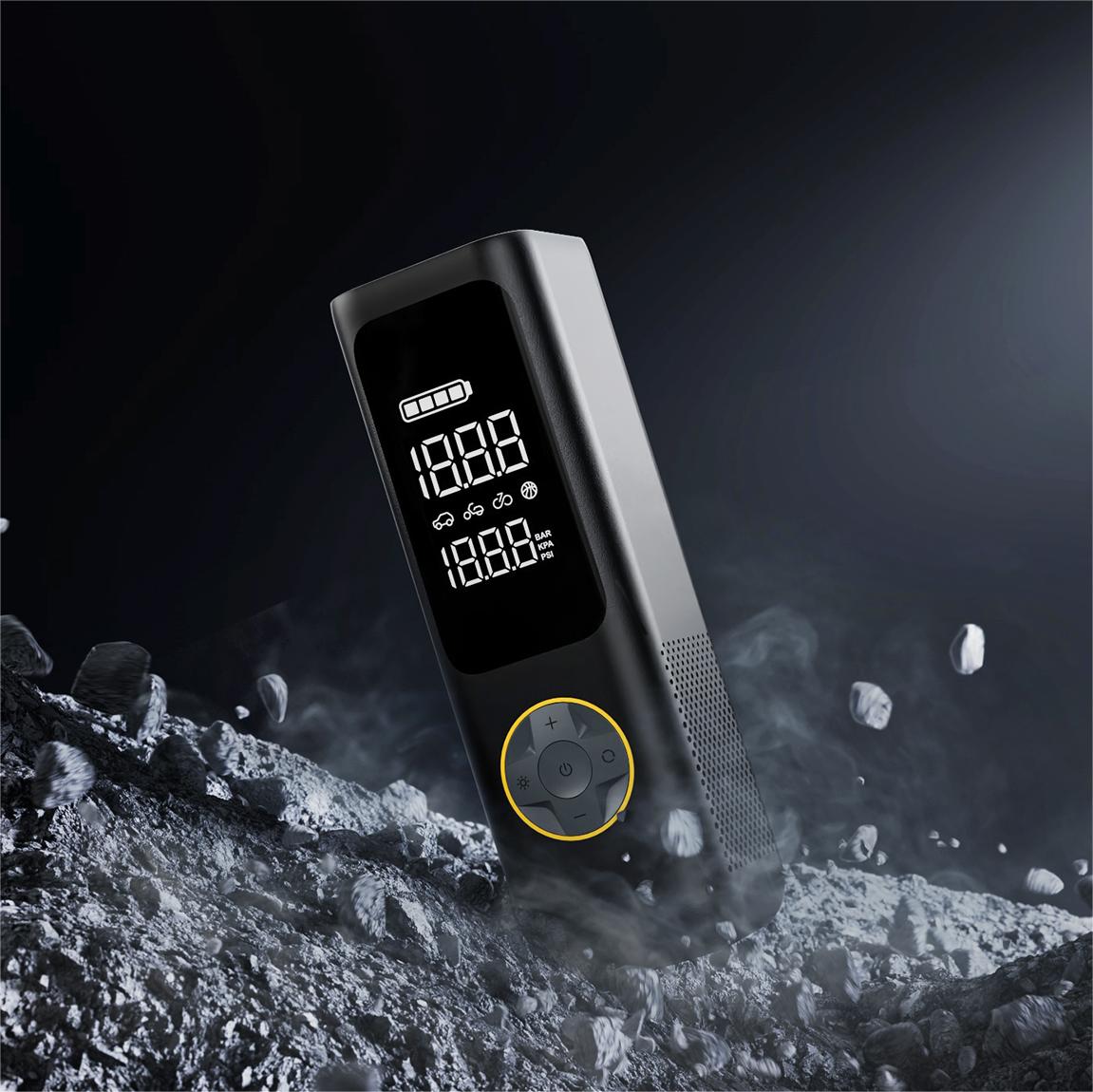









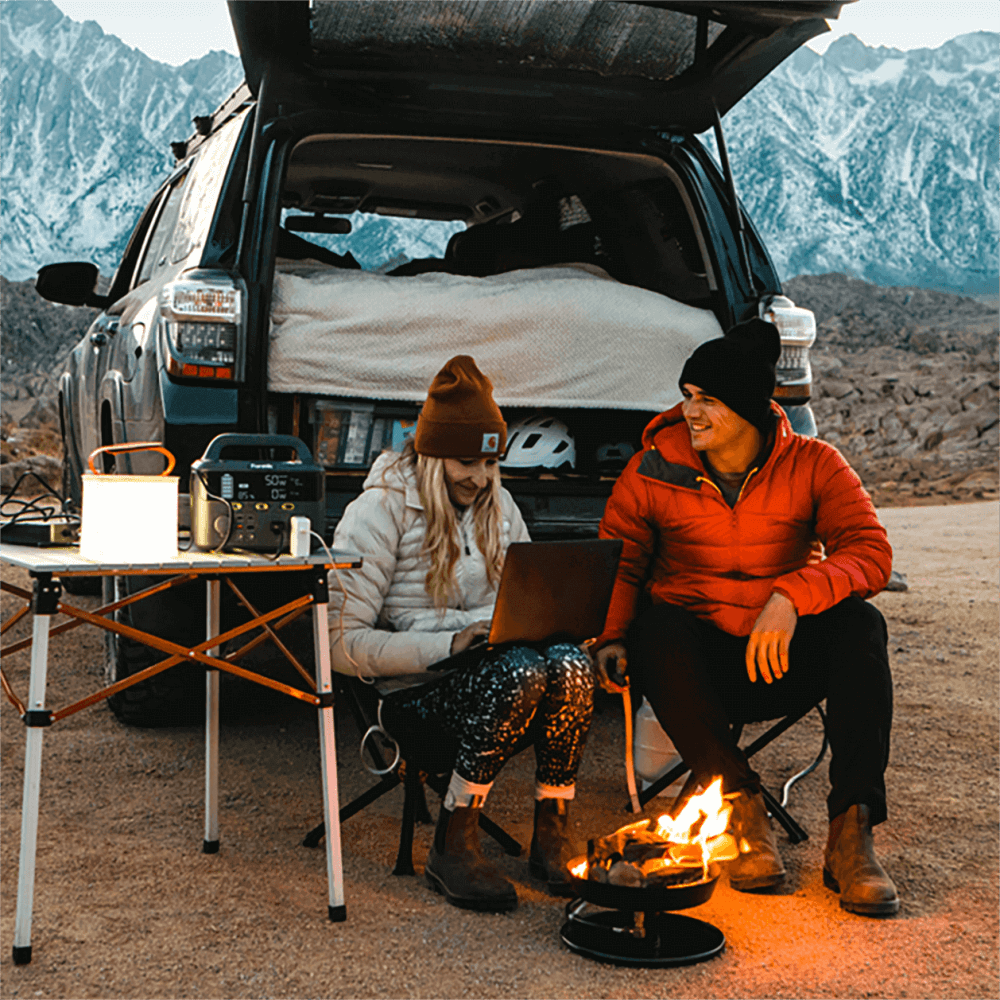
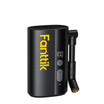
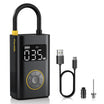
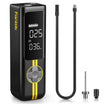
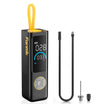
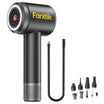
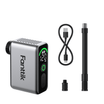
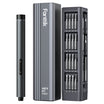
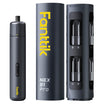
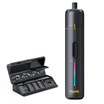

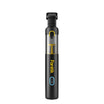
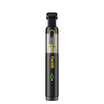
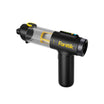
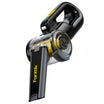
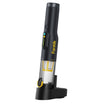
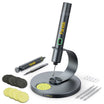
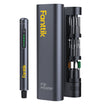
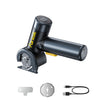
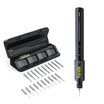
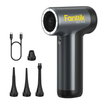
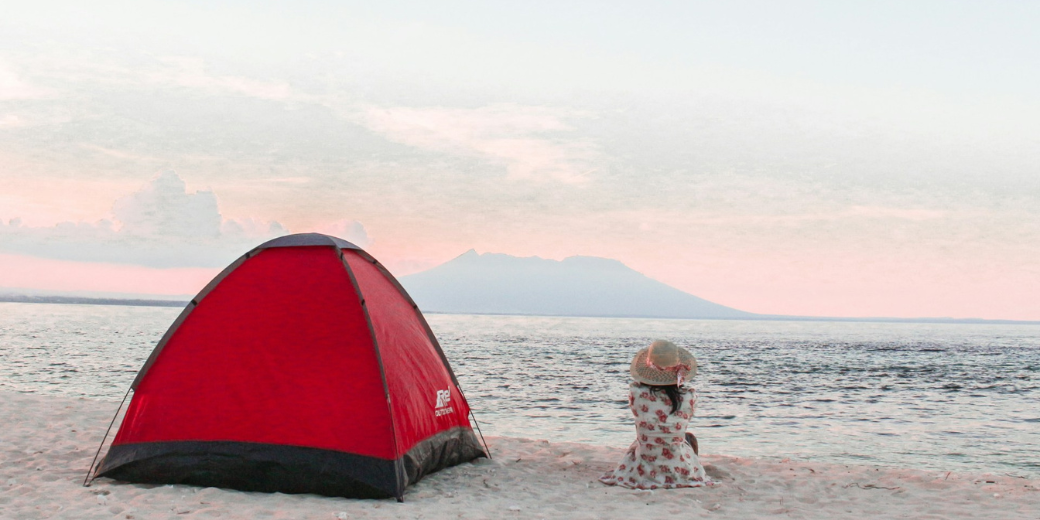
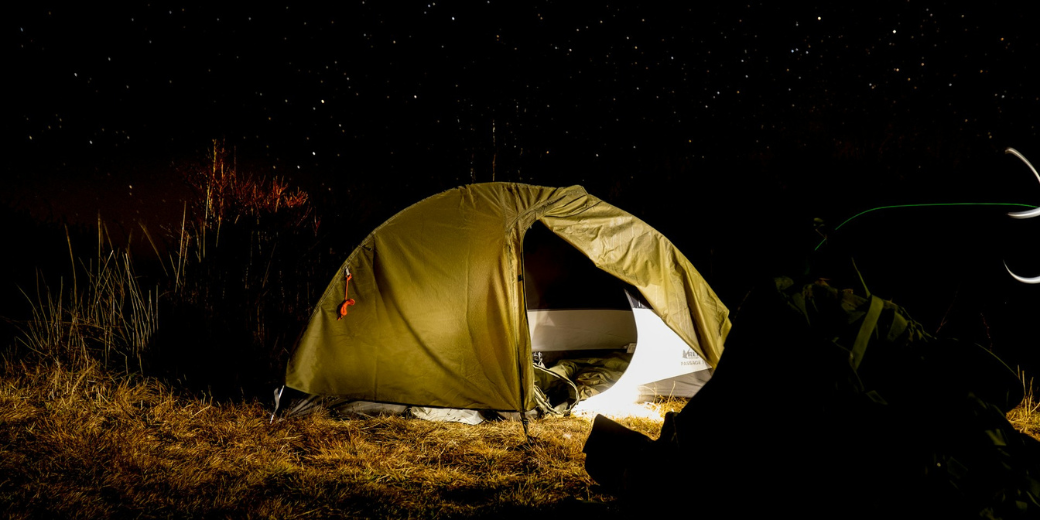

Leave a comment
All comments are moderated before being published.
This site is protected by hCaptcha and the hCaptcha Privacy Policy and Terms of Service apply.